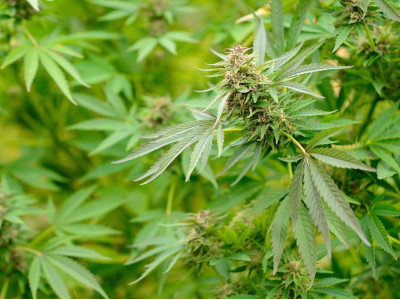
Hemp root, also known as marijuana root, is one of the little-studied but surprisingly interesting parts of the Cannabis plant. For centuries, hemp root has been traditionally used in folk medicine to treat various diseases and ailments. Let's take a look at the research findings and potential uses of hemp root for health and wellness.
Cannabis Root Research
While most scientific research has focused on other parts of the cannabis plant, recent years have drawn attention to the study of the root. Some of these studies indicate the presence of biologically active compounds in the root of hemp, which can have a positive effect on the human body. Hemp root has a unique chemical composition, including flavonoids, alkaloids, and other beneficial substances that can have therapeutic properties on the body.
According to ancient folk traditions, the benefits of hemp root are enormous. It has been used for pain relief, inflammation, and stress relief. This may be especially valuable for those who suffer from chronic inflammatory conditions or pain syndromes.
The hemp root plays an important role in the root system of the plant. It serves to absorb nutrients and moisture from the soil, which contributes to the reliable attachment of the plant in the soil and ensures its growth and development. The cannabis root system is fundamental to the healthy growth of the plant, which is also reflected in its potential benefits to humans.
Application in folk medicine
In folk medicine, hemp root is used in various forms, such as decoctions, infusions, or extracts. It has been used to treat a variety of conditions, including pain, neuralgia, digestive disorders, and other health problems. However, it is significant to understand that there is not enough scientific data on its effectiveness and safety. Before deciding to use cannabis root for medicinal purposes, it is essential to consider all possible risks and consult with a healthcare professional.
In conclusion, the hemp root is a unique and interesting part of the Cannabis plant that has attracted the attention of researchers and the public. Despite ancient folk traditions and some positive research data, it should be noted that its potential medicinal applications require more research.




